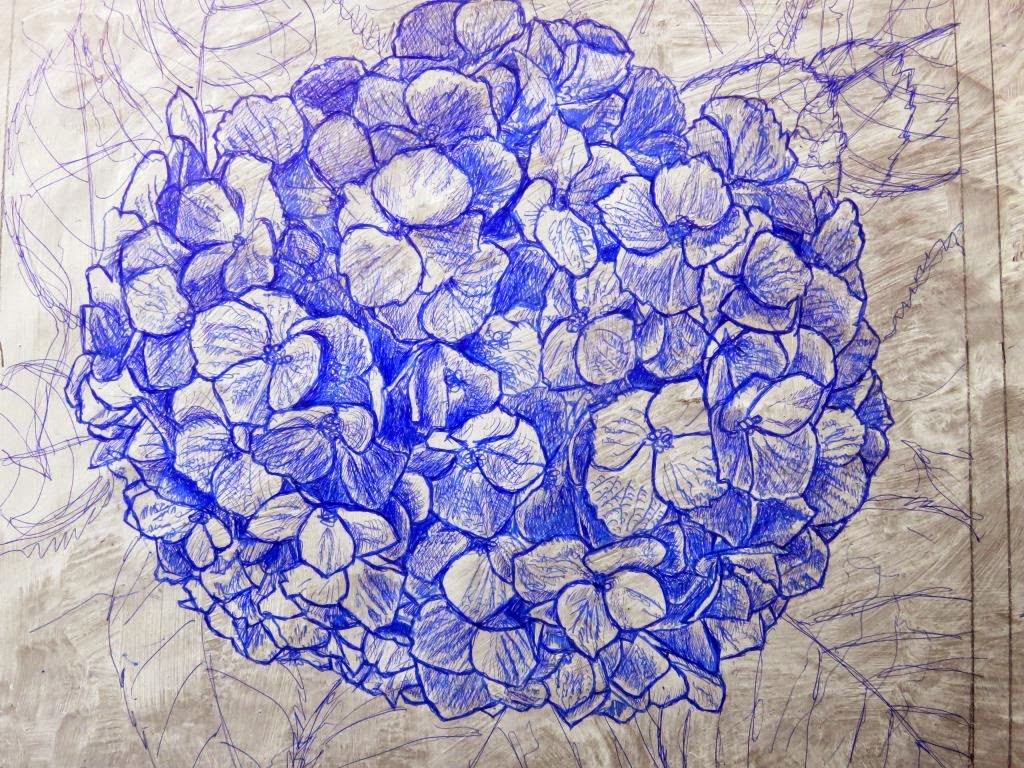les toits de Pont-Aven as seen from the Bois d'Amour exert la même fascination wie vor über 100 Jahren
To walk dans les chemins restants above the village and below, am Aven, est agréable. You will not rencontrer Leute in bretonischen Kostümen, but peut-être someone running.
Emile Bernard, qui est entré dans une école d'art privée in Paris age 16 got kicked mit 18 von seinem professeur Fernand Cormon au printemps 1886 and went zu Fuß dans la Bretagne, et met Gauguin in Pont-Aven for the first time. Im Herbst he returned to Paris, where he collaborated with Vincent Van Gogh, une période pointiliste, discussing japanese Holzschnitte and developing konturierte Formen, cloisonism. Returning jeden Sommer to Pont-Aven, he collaborated avec Gauguin, développer
symbolism. But in 1891 they broke as his input n'avait pas anerkannt. Emile spent a third été à St. Briac. Avant de quitter via Constantinopel to Egypt he met Renoir at Pont-Aven in 1892. Là, ses points de vue sur Pont-Aven from the bois d’amour were painted, the year before he fled par l'Italie à l'Egypte um der Armee zu entkommen (found in the german wiki, pas wikipédia).
Das Bild is remarkable as the Schieferdächer shine rose, indicating sunset light. Another view with a costumed couple shows blue roofs reflecting the sky.
The american impressioniste Frederick Childe Hassam (1859-1935) malte seine Pont-Aven Dächer in 1897 during his one year voyage europe.
He painted many landscapes in the very similar to the Bretagne à l'Isles of Shoals, at the border of New Hampshire and Maine, 10 km off the Ostküste.
The Pont-Aven peinture vendu récemment for more than 1 mio USD.
Der Blick über die Dächer still exerts some fascination, as the maisons typiques de l'Atlantique with chimneys on each side and reflecting Schieferroofs, hier an interieur i saw near the close by village décembre 2014
The rooftops de Pont-Aven ont été coupés avec a contour plate to permit various Kolorierungen verschiedener Licht conditions
Les arbres i met in late fall have lost most leaves. J'ai les coupé more free-style ohne details.
The colours j'ai vu on 2 visits sind hier
Blue roofs are painted here
The sunset light of Bernard ici.
in an autre étude i tried to introduce Farben mit einer 2. Platte
2nd plate imprimé
gradient inking of the contour plate
detail after printing
not convincing yet, verglichen mit Kolorierung






















































